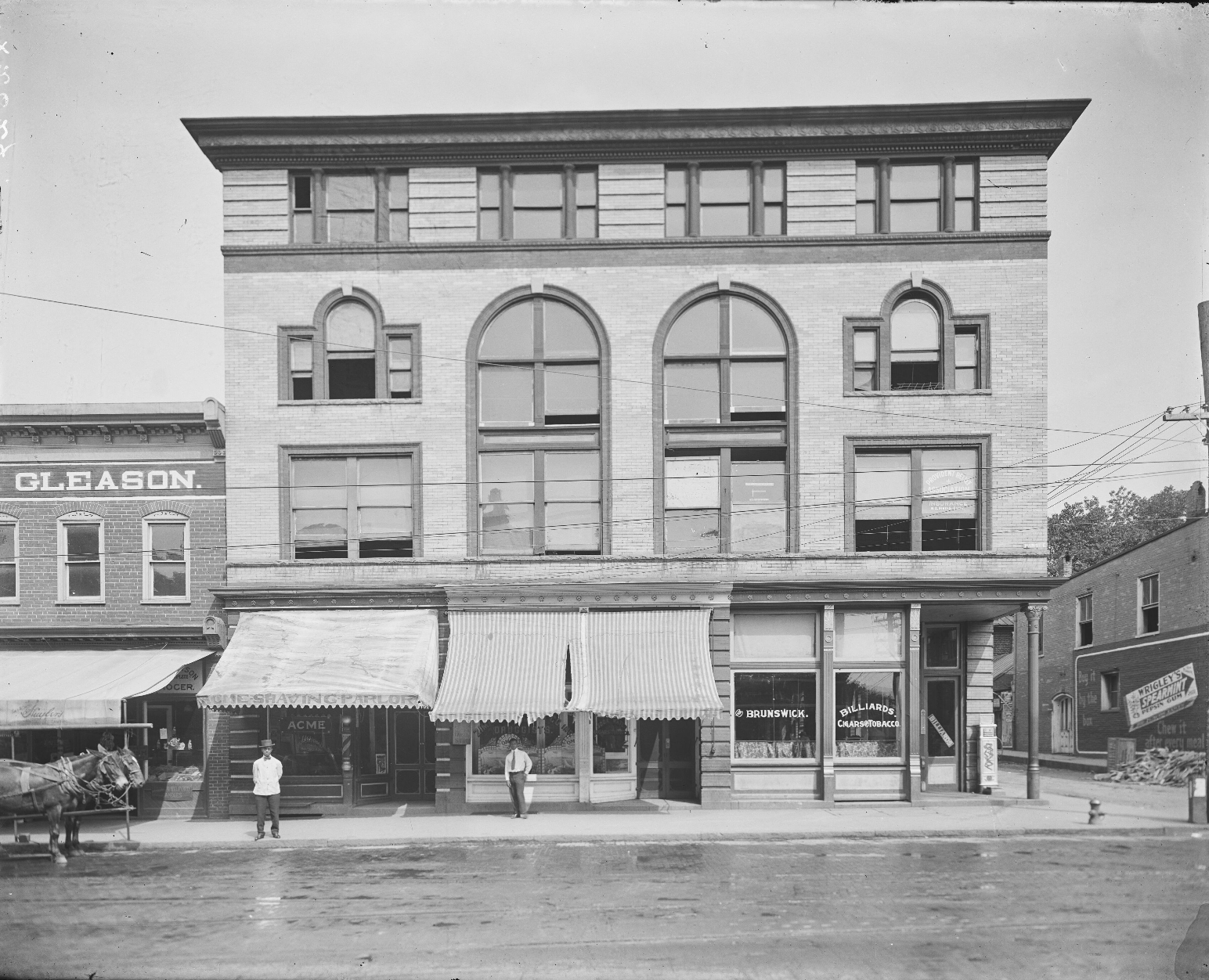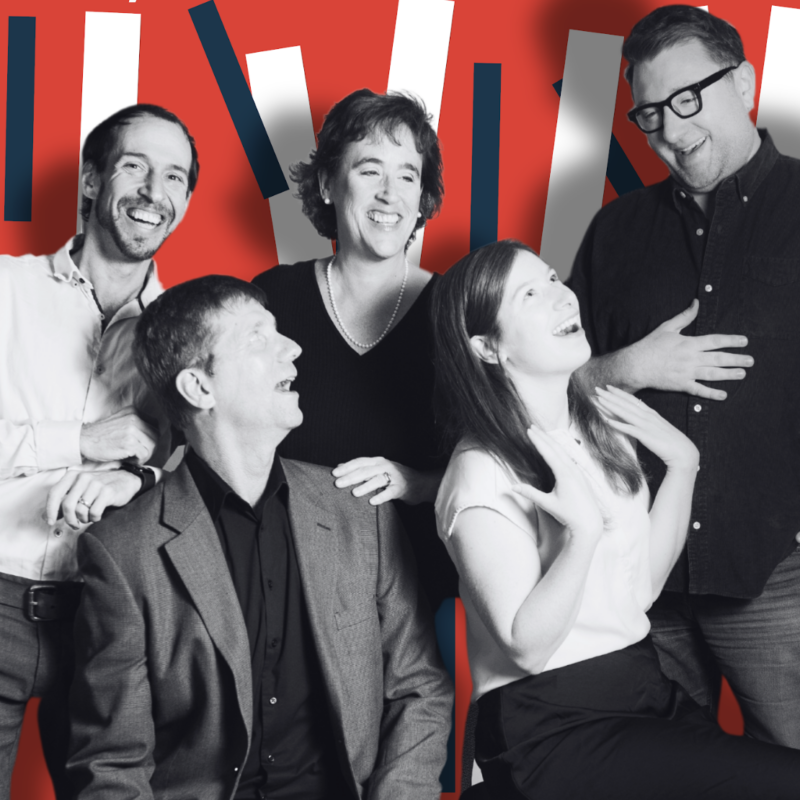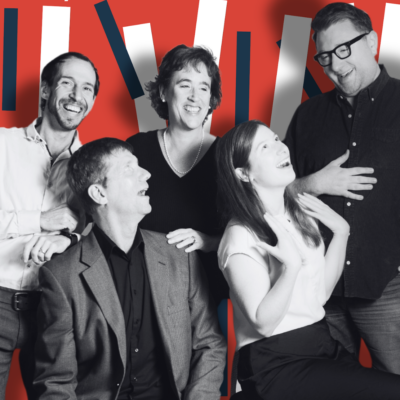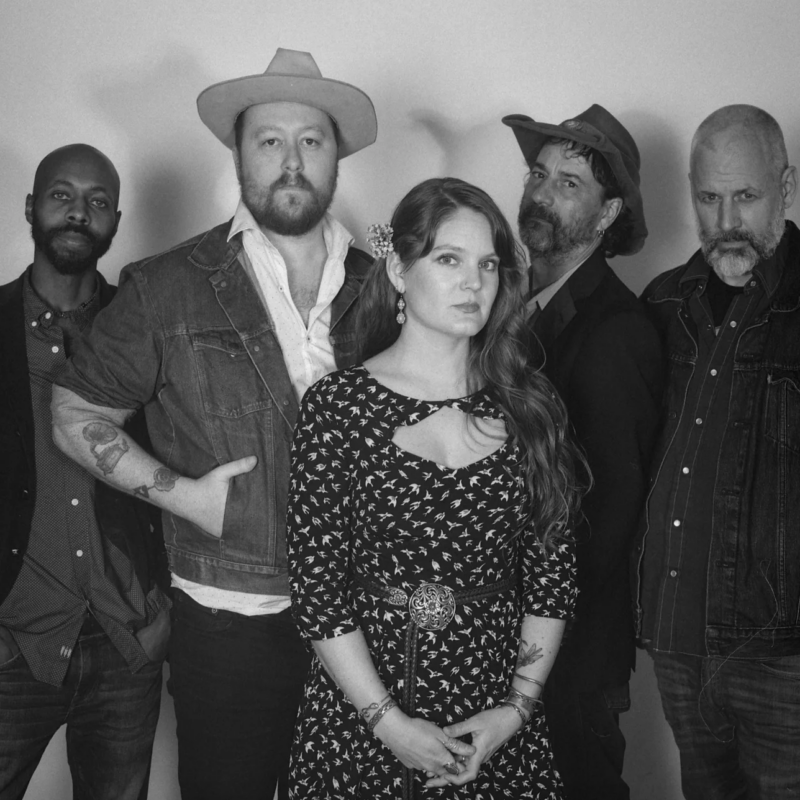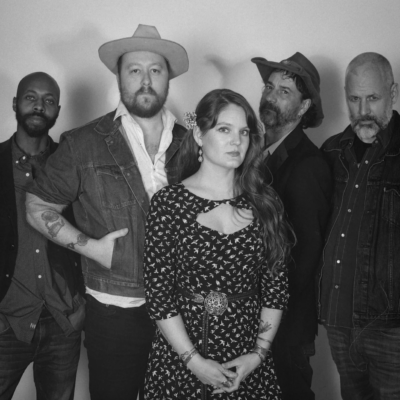I’m a sucker for a historical walking tour. Treading where our forebears trod to see current spaces through their historical context reshapes our understanding of places that we thought we knew. Such experiences enable us to learn, in greater detail, about people of the past whose lives were very different from our own. The Albemarle Charlottesville Historical Society welcomed new Executive Director Olivia Brown a few months ago, and the organization is planning to resume offering several walking tours this fall.
What
A Black Barbers of Cville tour offered through the Albemarle Charlottesville Historical Society.
Why
To better understand Black barbers’ impact on our community in the late 19th and early 20th centuries.
How it went
My understanding of the Downtown Mall’s history is forever changed.
Lucky me, I got to have Brown as my tour guide. We met at the ACHS building on Second Street Northeast, where all the tours begin and end. The location boasts a rotating exhibition of local artifacts and a research library available to the public. After Brown and I bonded over being former Monticello employees, we set out toward the Downtown Mall.
We first stopped beside The Paramount Theater building, across from the Third Street box office. I confess that, before Brown pointed it out, I’d never noticed that entrance, formerly used by Black theatergoers during segregation. Next door, nestled into what is now an open alley, a wooden structure once held one of the eight or nine barber shops owned and operated by Black barbers in the downtown area in the late 1800s and early 1900s. In fact, during that time, Black men ran all the barbershops in the area. By day, these barbers shaved and sheared white clientele. Less is known about how they served Black members of the community, with the barbers potentially serving these clients after hours in their shops or homes.
Brown explained that an old city directory of Charlottesville (think of it as a ye olde Yellow Pages) influenced the creation of the tour. The directory provided information about the downtown landscape, revealing how many barbershops the area held and who owned them. After gaining freedom, many Black men became barbers, taking skills they’d learned while enslaved and turning them into a livelihood. Men like John West, who was mentioned throughout the tour, grew prominent through successful entrepreneurship, property ownership, and civic engagement.
Something unique to a walking-tour experience is the power of place. I felt that deeply when we stopped outside Cavalier Barbers, on Second Street Northeast right off the Mall. Owner and operator Eric Massie continues the tradition of Black barbers in Charlottesville. The shop’s exterior showcases a very special historical item: a barber pole previously owned by John West, gifted to the shop by West’s family. The confluence of old and new is palpable in that spot.
For me, the most emotionally affecting moment came when we stood at the base of the hill near the Omni, at the edge of the Vinegar Hill area. Brown showed images of what Vinegar Hill looked like as a thriving Black community and what it looked like after it was razed to the ground under the guise of urban renewal. Even though I knew the broad strokes of Vinegar Hill’s history, it landed differently standing there with clear visuals to show the depth of the loss.
ACHS offers three historical walking tours—Court Square & Environs, Downtown Mall, and Black Barbers of Cville—by appointment currently for groups, prices range from $10-15, and it plans to launch tours with wider public availability this fall. As Brown says, don’t forget to be a tourist in your own town.
Albemarle Charlottesville Historical Society
